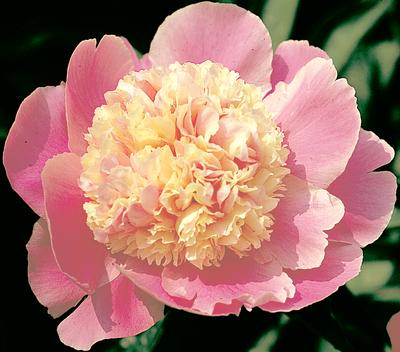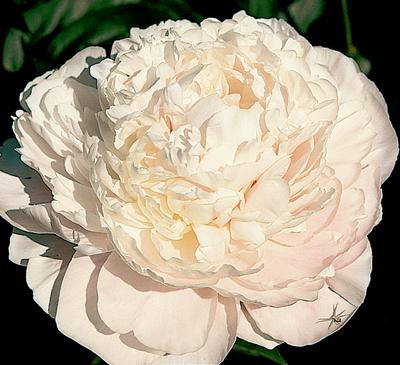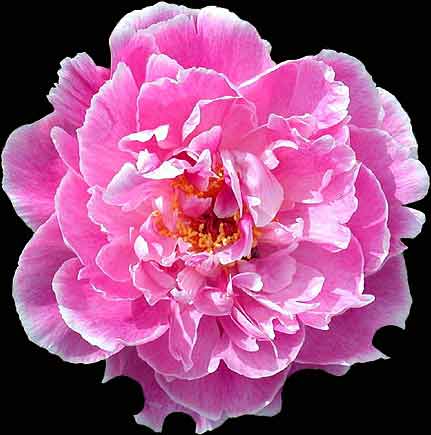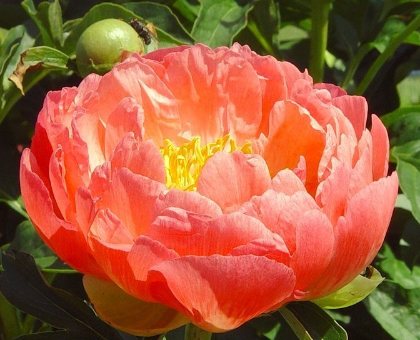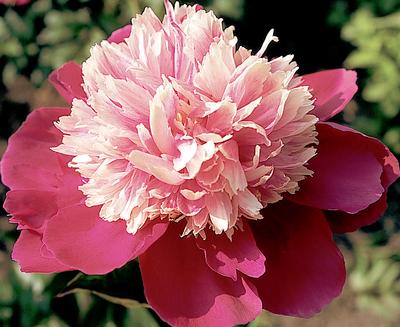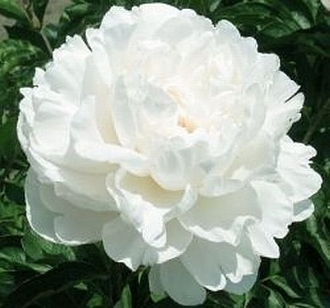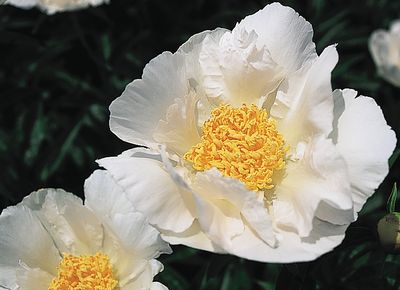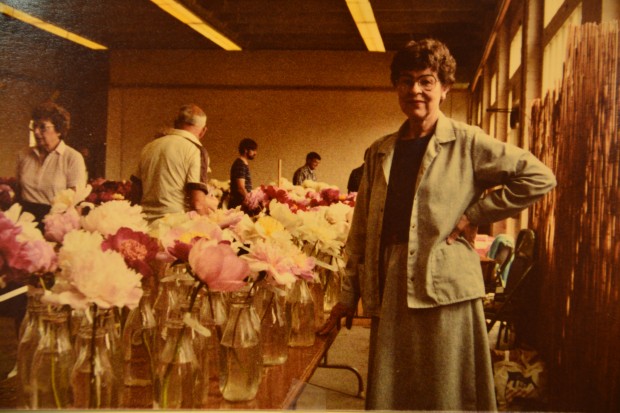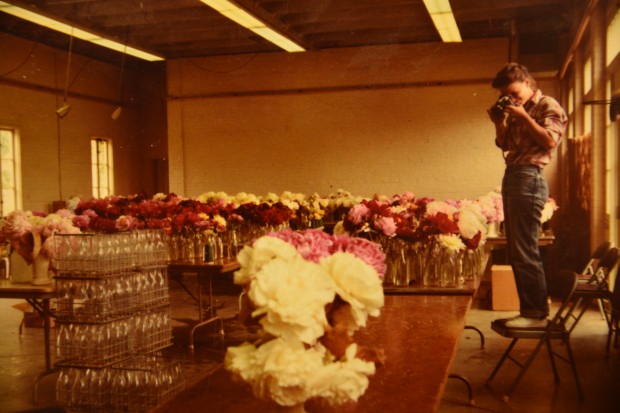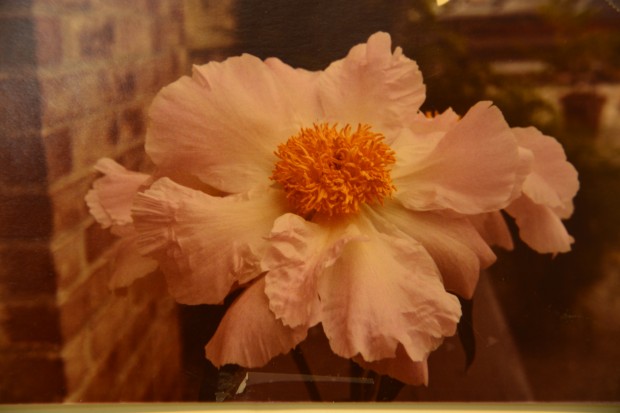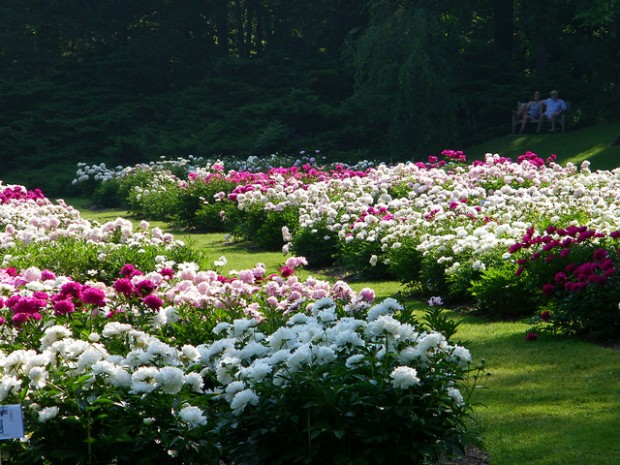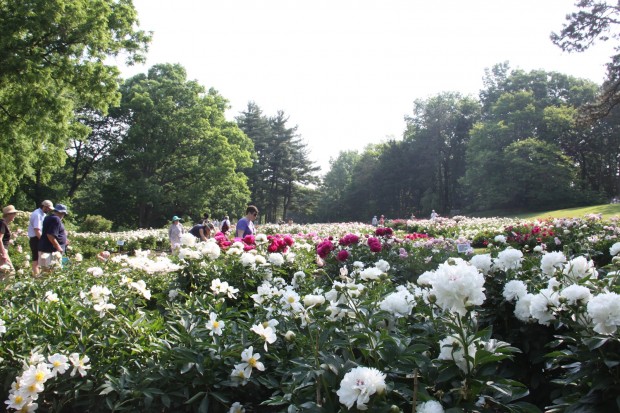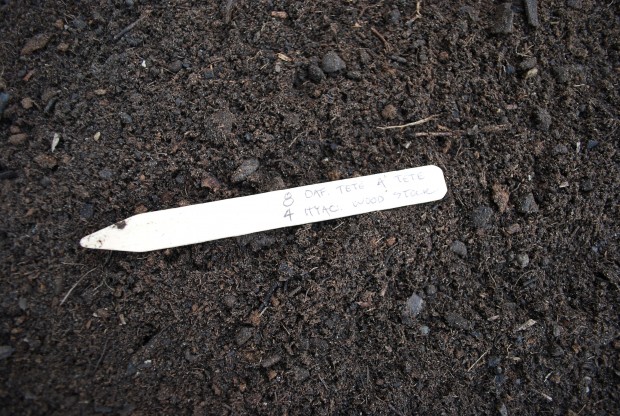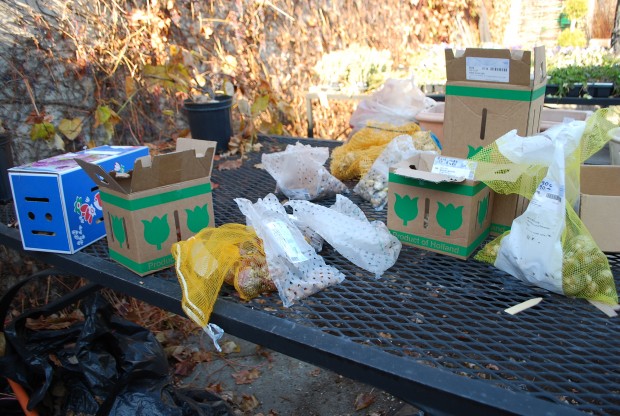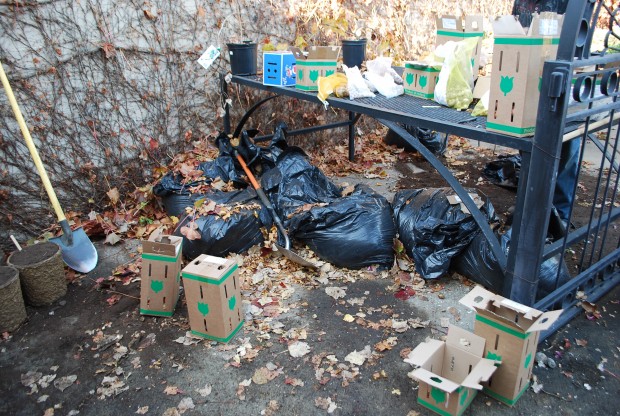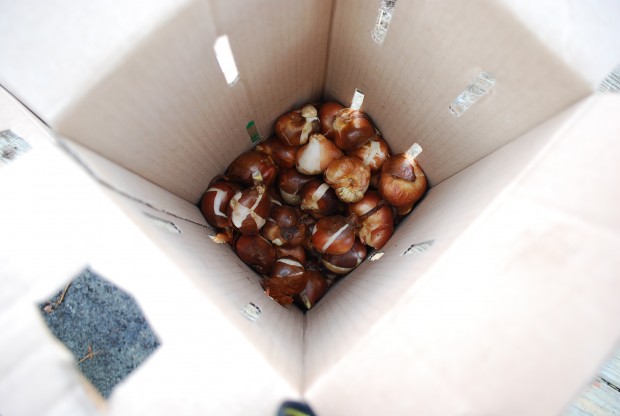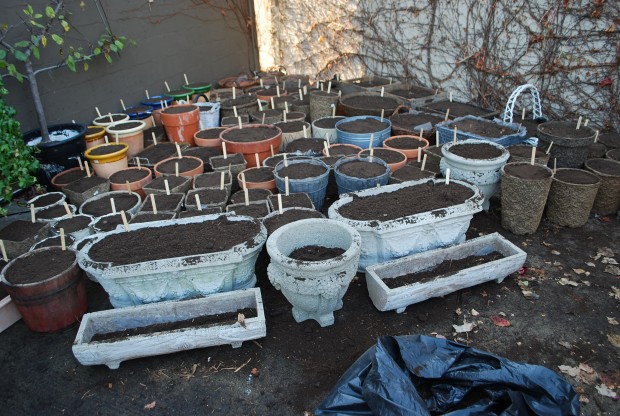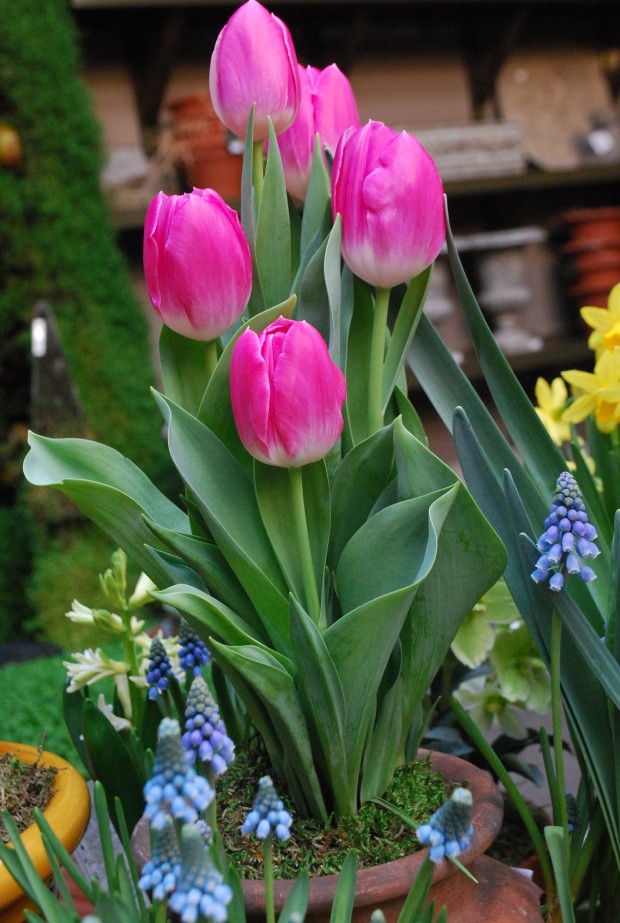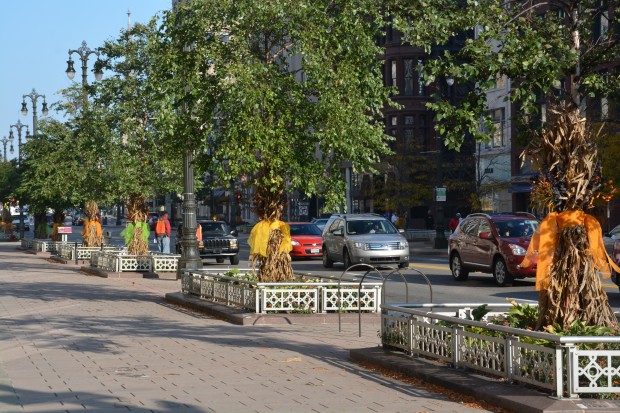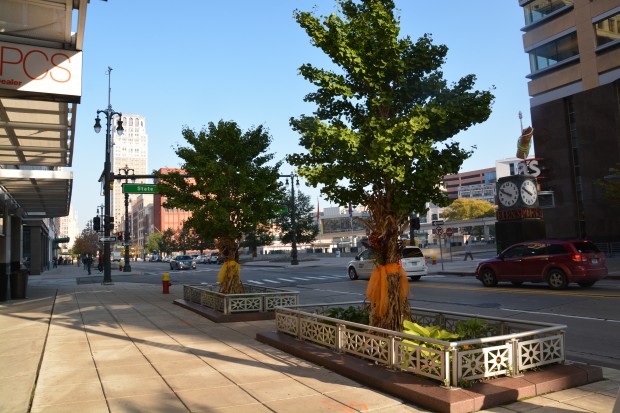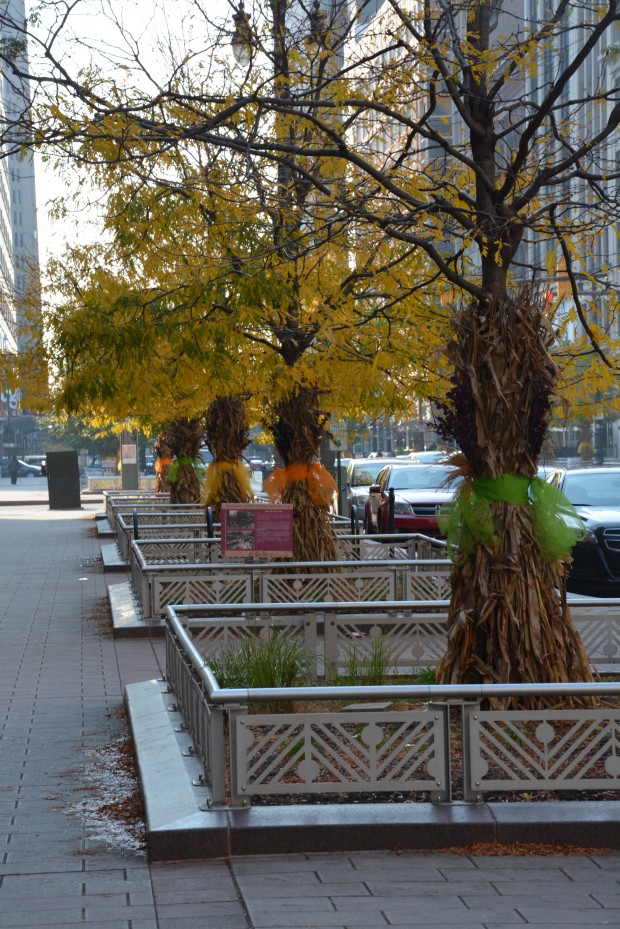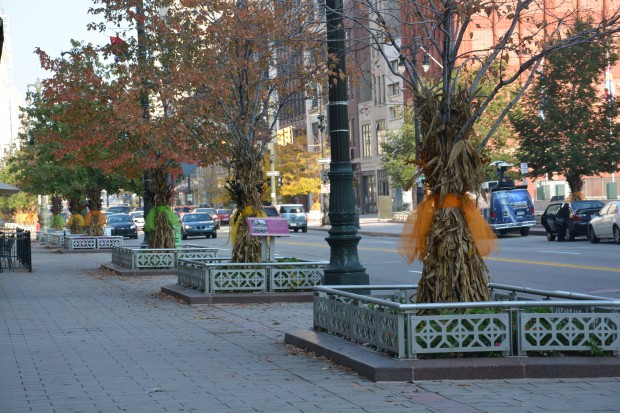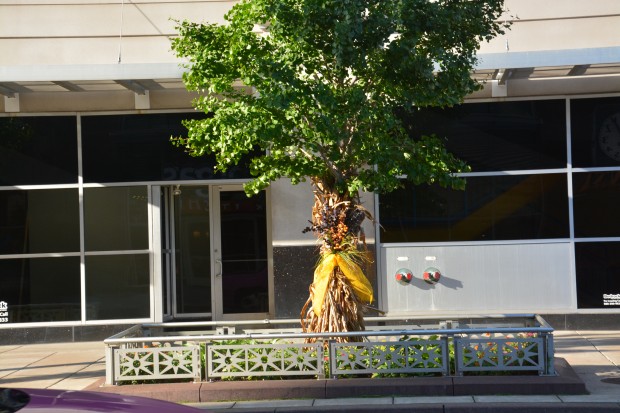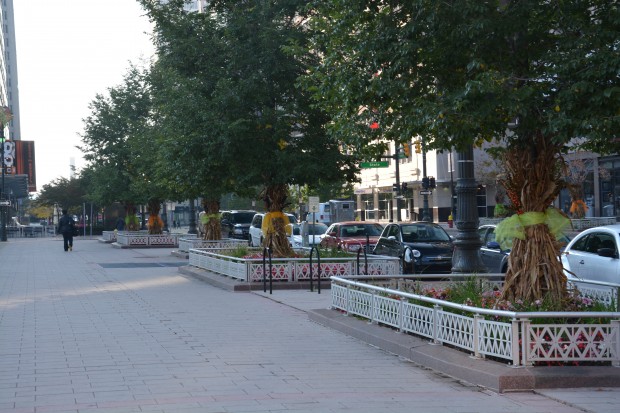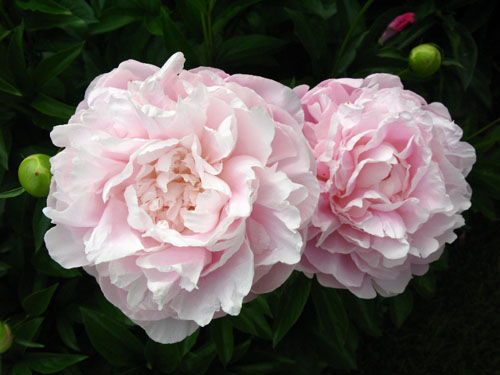 All of the pictures in this post came from companies in the US and Canada that grow peonies for sale. Interested in adding some to your garden? My local nurseries sell well rooted peonies in pots in the spring, but if you are interested in a specific cultivar, you may need to order from a peony grower for a bare root fall delivery.Either next spring, or the year after, or in my next life, I will have the chance to design a landscape around a collection of peonies. I have time.
All of the pictures in this post came from companies in the US and Canada that grow peonies for sale. Interested in adding some to your garden? My local nurseries sell well rooted peonies in pots in the spring, but if you are interested in a specific cultivar, you may need to order from a peony grower for a bare root fall delivery.Either next spring, or the year after, or in my next life, I will have the chance to design a landscape around a collection of peonies. I have time.
Those nurseries that specialize in growing peonies for sale-support them. Buy some. A gardening world without peonies-dreary. The peonies blooming-so glorious.
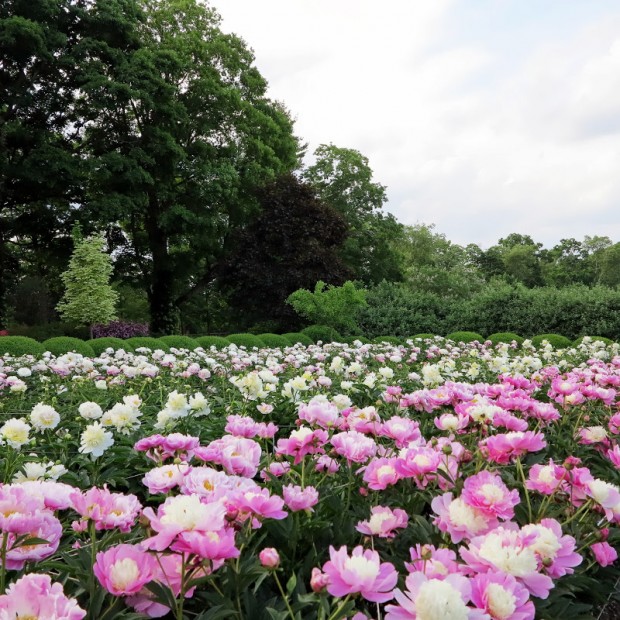 This picture was taken at Martha Stewart’s peony garden, and posted on her blog. Truly beautiful.
This picture was taken at Martha Stewart’s peony garden, and posted on her blog. Truly beautiful.
